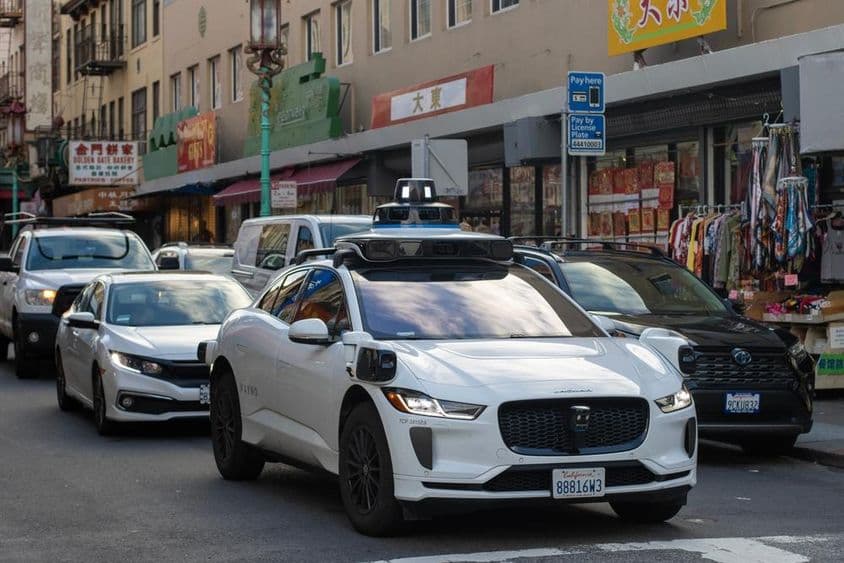Abu Dhabi Makes History with Autonomous Vehicles

Abu Dhabi Launches Commercial Operation of Fully Autonomous Vehicles
The United Arab Emirates continues to lead the way in the development of intelligent transportation systems: Abu Dhabi has officially announced the launch of commercial operation of fully autonomous vehicles. This is not only a local, but also a regional milestone, as Abu Dhabi becomes the first city in the MENA (Middle East and North Africa) region to allow highly advanced, human intervention-free vehicles to enter the commercial market. The decision follows a long testing process and regulatory cooperation, ensuring the vehicles meet the strictest safety standards.
Background of the Technological Breakthrough
The announcement was made by Abu Dhabi Mobility (Integrated Transport Center), and the first two operational licenses were granted to technology companies WeRide and AutoGo-K2. These companies operate so-called level 4 autonomous vehicles – meaning those that can fully function without human intervention in designated environments.
This level of advancement means that the vehicle can independently make decisions, sense and interpret its environment, and respond to real traffic situations. The system can handle the challenges of urban traffic, intersections, pedestrians, cyclists, traffic jams, and unexpected events – all without human intervention.
Systemic Safety and Supervision
The project would not have been launched without thorough testing. The operation of the vehicles was examined over a long period in real traffic environments, with particular attention to sensor performance, software response time, and accident simulation results. Operational licenses were issued following successful performance.
The movement of the vehicles is monitored in real-time through an advanced digital platform, with both operating companies and regulatory authorities having access to the data. This is important not only from a safety perspective but also from a logistical standpoint, as any abnormal behavior can be immediately detected and intervened upon if necessary.
State and Regulatory Cooperation
The commercial launch of autonomous vehicles in the United Arab Emirates was not the work of a single entity, but a result of coordinated cooperation. The project was realized under the supervision of the Smart and Autonomous Systems Council, in close coordination with the UAE Regulations Lab operating within the General Secretariat of the Cabinet.
The regulatory lab (RegLab) played a crucial role in maintaining the balance between technological innovation and public safety. Additionally, the Advanced Driving Systems Testing Supervisor Committee, led by the Ministry of Interior, contributed to ensuring that the testing processes met international standards.
What Does This Development Predict for the Future?
Abu Dhabi's decision can have significant ramifications for the region's transportation strategies. The introduction of fully autonomous vehicles not only symbolizes technological advancement but also responds to the demand for more sustainable, efficient, and safer urban mobility. These vehicles do not tire, do not use mobile phones while driving, and do not suffer from lapses in attention – theoretically significantly reducing road accidents.
The commercial launch also means that residents and tourists can experience this new mode of transportation, adding a new dimension to travel experiences. If the pilot operation is successful, the project might be scalable to other emirates, allowing cities like Dubai to follow Abu Dhabi's example.
Competition for Innovation Between Cities
Innovation has always sparked competition among major cities, and this is especially true in the field of autonomous vehicles. Abu Dhabi's move is a strong signal to other cities in the region and beyond. Falling behind could mean disadvantages not only technologically but also economically.
Rethinking mobility is a cornerstone of smart city development, with autonomous systems playing a key role. The United Arab Emirates has set an ambitious vision in which artificial intelligence, robotics, and digital infrastructure form an integrated unit.
What Does This Mean for the Population?
The availability of autonomous vehicles represents not just a technological advance but also convenience, flexibility, and potentially lower transportation costs. Access to transportation infrastructure may improve, especially for those who cannot drive due to age, health conditions, or other reasons. This development could open new opportunities for seniors, people with disabilities, and younger generations alike.
Moreover, the data collected during the use of autonomous vehicles – adhering to appropriate data protection regulations – could assist in urban planning, optimize traffic management, and predict congestion, thus creating an even more efficient transportation system.
Summary
Abu Dhabi's announcement clearly signals that autonomous vehicles are no longer distant promises of the future but part of the present. The city has boldly and thoughtfully advanced in the application of artificial intelligence and transportation technology. If the project proves successful, it could usher in a new era for the entire MENA region – and serve as an inspiration for cities only beginning to consider the possibilities of autonomous mobility.
(Source of the article: Based on Abu Dhabi Mobility announcement.)
If you find any errors on this page, please let us know via email.


